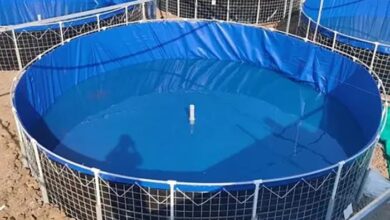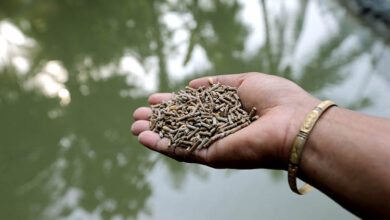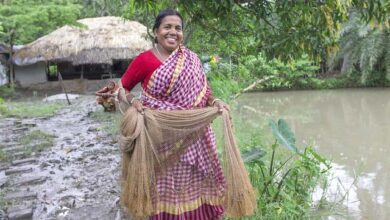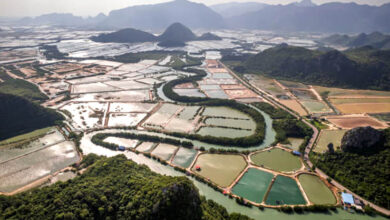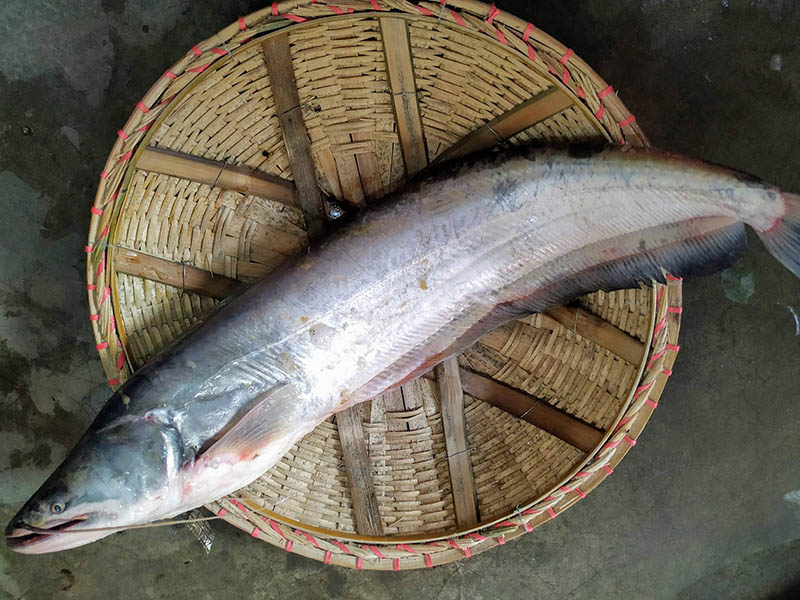
Southeast and South Asia are home to the boal, also known as Wallago attu, a freshwater catfish. The fish, which belongs to the Siluridae family, is highly valued and well-liked in its natural habitat. Since ancient times, it has been consumed as food in Bangladesh, India, Pakistan, Vietnam, Indonesia, Nepal, and a few more nations.
This fish is commonly referred to as wallago catfish or helicopter catfish, while it is known by many various names in many different languages and countries. Borali, Aaththu vaalai, Sareng, Balia, Gual, Tapah, Barari, nga pat, Barwari, Balai, Parhin, Attu vala, Baloo, Bohari, Mully, Jarko, Walaya, Valaga, and so on are some more names for these fish.
Large fish species known as boal fish have a maximum length of two meters. Wallago attu is a huge predatory fish that eats primarily fish. Boals breed during the rainy season. Typically, they lay eggs in July and August. They lay their eggs in reservoirs of both open and bound water.
In its home region, wallago attu is a famous fatty fish due to its unique flavor and it is also highly nutritious. Boal fish is a very nutrient-dense fish that has 15.4g of protein, 2.70g of fat, 0.6g of iron, 0.16g of calcium, and 0.49g of phosphorus per 100g.
The ability of Boal fish farming to lessen the strain on wild fish stocks is one of its main benefits. Since wild boal fish populations are declining due to rising fish consumption, fish farming offers an alternate supply of fish without adding to the already stressed ecosystems.
Compared to conventional open-water fishing, boal fish cultivation uses less water and area. Fish farmers can optimize space, water quality, and feed distribution in controlled conditions like ponds or tanks, which raises production rates per unit area.
The need to ensure food security grows as the world’s population rises. The growing need for fish protein may be largely satisfied by boal fish farming. It helps to stabilize food production by supplying a steady and regulated supply of fish, minimizing reliance on unpredictable wild fish catches.
Particularly in rural and coastal regions, boal fish farming can boost livelihoods and open up economic prospects. People can start aquaculture businesses to make money, enhance their entrepreneurial abilities, and boost regional economies. Moreover, communities can gain stability and long-term economic prosperity by investing in sustainable aquaculture methods. Boal fish farming has many benefits, but in order to maintain its long-term viability, some issues must also be resolved. Robust regulatory frameworks and careful attention are needed for issues including disease management, ethical feed procurement, and potential impacts on local ecosystems. Governments, scientists, and fish farmers must work together to apply best practices and create novel solutions that will increase the quantity and quality of boal fish.
Farhana Islam
Agriculturist, Researcher
Fisheries Resource Management, CVASU

